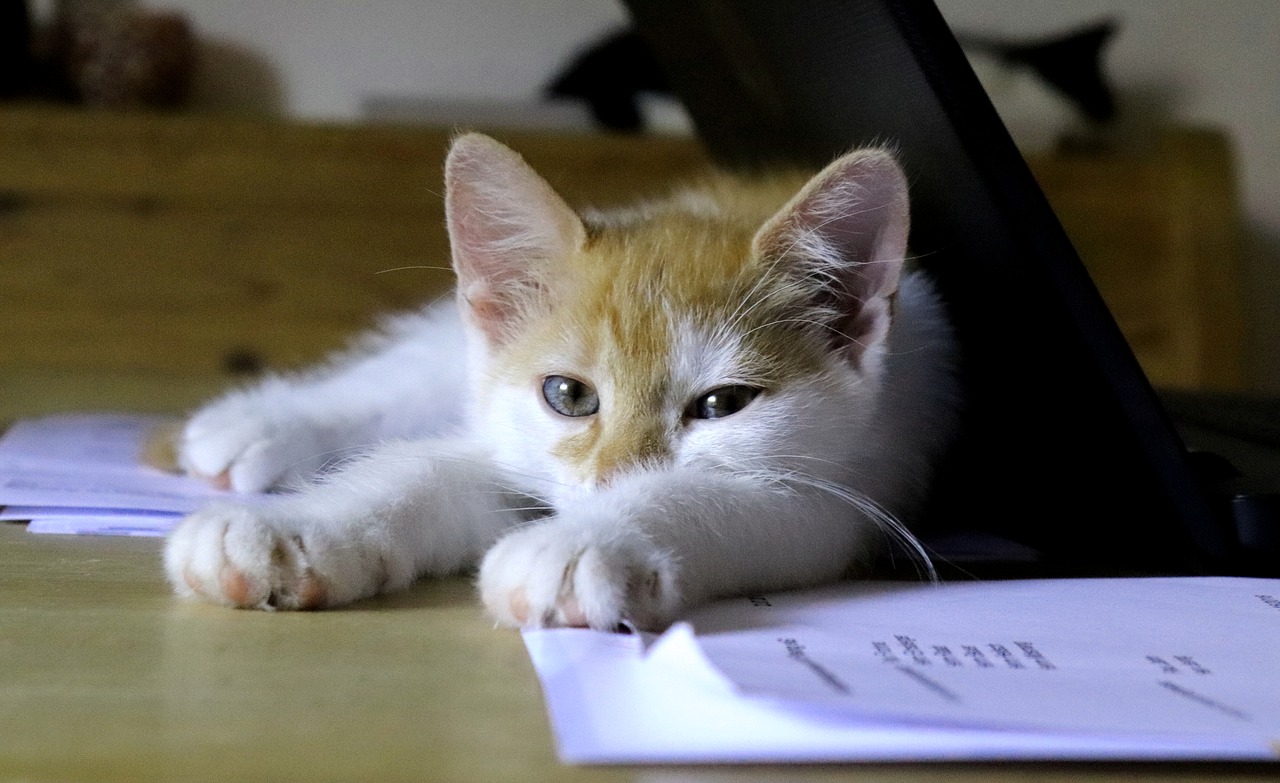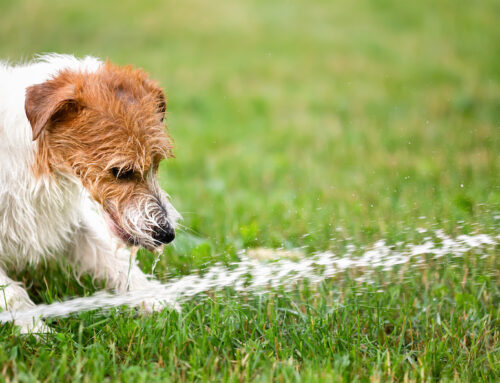After more than a year of cuddling at your feet or walking across your laptop as you Zoomed into meetings from home, your cat may become stressed when you start going into the office. Separation anxiety in cats is more common than most people think. There are many simple strategies that can help you prepare your cat for your return to work and minimize their experience of separation anxiety.
Cool Cats DO Get Separation Anxiety
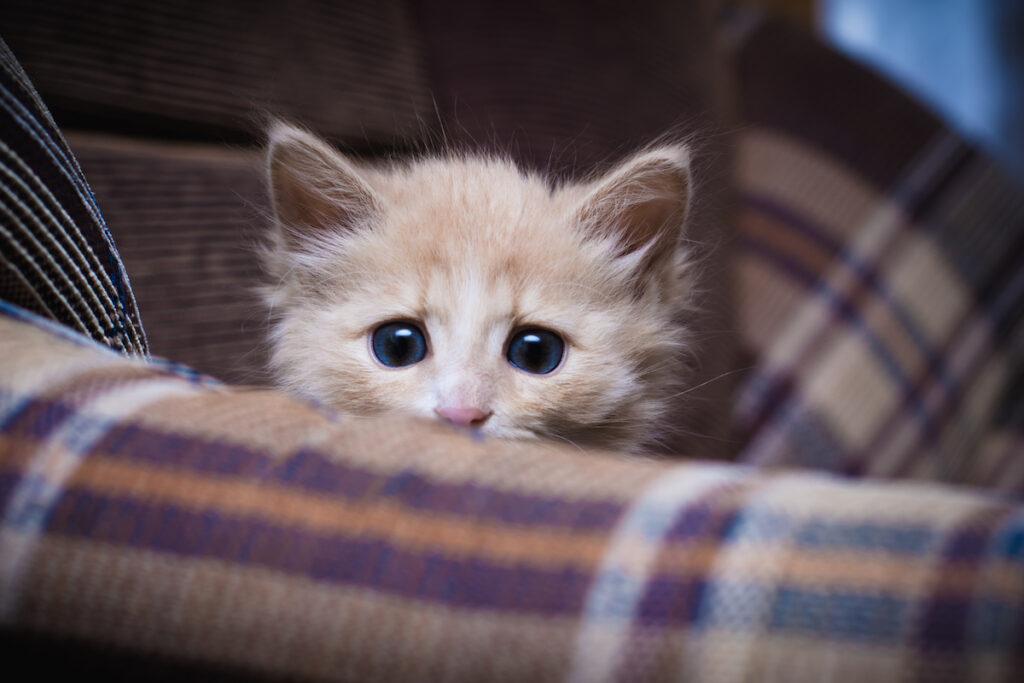
Anxious is typically not a trait that people use to describe cats. Arrogant. Finicky. Independent, most definitely. Yet, cats do experience stress and can experience separation anxiety. During the COVID-19 pandemic year, your cat adapted to having you at home all the time. That cozy relationship is going to change when you start disappearing for several hours a day. Now is the time to prepare your cat for the big change in routine.
What does Cat Separation Anxiety Look Like?
Cats can display a number of undesirable behaviors that get labeled as separation anxiety. Oftentimes, those behaviors have nothing to do with anxiety.
 Animal behaviorists and veterinarians look at the context of behaviors and the pattern of behavior in a cat before they label it. Separation anxiety is an emotional response triggered by separation from a person or companion pet with whom a cat has bonded.
Animal behaviorists and veterinarians look at the context of behaviors and the pattern of behavior in a cat before they label it. Separation anxiety is an emotional response triggered by separation from a person or companion pet with whom a cat has bonded.
The level of distress due to separation anxiety ranges from mild to severe. Mild signs of separation anxiety are often overlooked or misunderstood by cat owners. The crucial piece of information is: when do these behaviors occur.
If the behavior problems occur exclusively when the favorite, bonded individual is absent, that is a strong indication that a cat is experiencing separation anxiety. Usually, these behaviors occur within minutes of being apart, do not remit, and escalate over time.
Signs of Cat Separation Anxiety
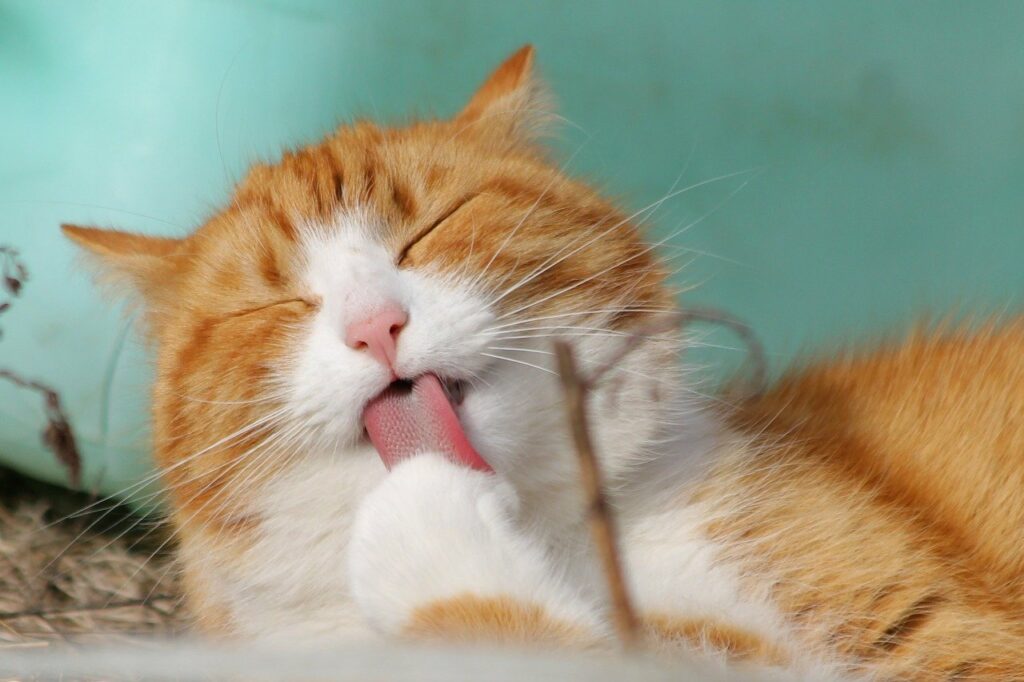 Cats can show separation anxiety in a few different ways:
Cats can show separation anxiety in a few different ways:
- Excessive vocalization (crying, moaning, meowing)
- Changes in eating pattern (not eating, overeating, eating too quickly)
- Elimination in inappropriate places around the home
- Vomiting, food or hair often are contained in the vomit
- Excessive self-grooming
- Destructive behavior
- Frantic, exuberant, excited behavior that is not typical upon the owner’s return
- Destructiveness, such as shredding curtains or furniture or knocking over objects
How to Prepare Your Cat for Your Return to Work
 This past year we have learned to navigate the COVID-19 pandemic. Now, many of us are getting ready to return to the working in the office, outside the home. You might once have thought nothing of setting out the refillable food and water dishes and leaving your feline friend to take care of herself. However, that change may not be an easy adaptation for your cat. It’s quite easy to prepare your cat now, rather than come home to a tragedy.
This past year we have learned to navigate the COVID-19 pandemic. Now, many of us are getting ready to return to the working in the office, outside the home. You might once have thought nothing of setting out the refillable food and water dishes and leaving your feline friend to take care of herself. However, that change may not be an easy adaptation for your cat. It’s quite easy to prepare your cat now, rather than come home to a tragedy.
The following tips can help you prepare your cat for remaining at home while you are traveling. If, during these “test runs,” you notice signs of anxiety, reach out to your vet for advice.
1. Slowly Increase the Time Spent Away from the House
 If, during the pandemic, you’ve only left your cat alone long enough to pick-up groceries or take-out for dinner, then you’ve got to make some incremental changes to the time you spend outside the home.
If, during the pandemic, you’ve only left your cat alone long enough to pick-up groceries or take-out for dinner, then you’ve got to make some incremental changes to the time you spend outside the home.
Beginning a few weeks prior to your first day commuting back to the office, start spending more time out of the house each day. At first, aim for two hours. A day or two later, stay out 3-4 hours. Come and go at different times, but spend long-enough blocks of times out of the house until you can build-up to six consecutive hours away from the house. Leave appropriate forms of entertainment (see list below) available for your cat to make the separation easier for kitty.
2. Keep Kitty Busy to Make Separation Less Stressful
- Create a cozy space for kitty to retreat to, fill it with soft toys, scratch pads, etc.
- Leave music playing while you are home and when you depart
- Minimize departure cues such as jingling keys, where you put on your shoes
- Don’t fuss over leaving with a “good-bye kitty” voice
- Provide a variety of toys / puzzles to keep them busy
- Channel prey instincts by hiding food in toys
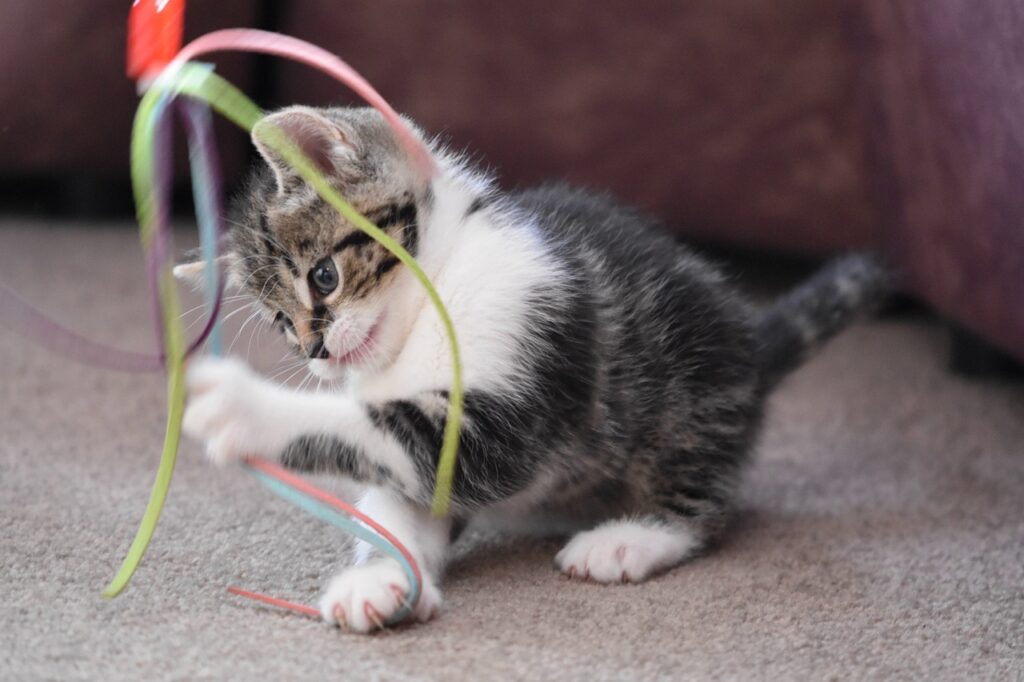 Don’t make a big fuss when you return home. Enter the house calmly, get settled in, and as you are doing so…observe your cat’s behavior. (Once settled in, of course give your cat some affection).
Don’t make a big fuss when you return home. Enter the house calmly, get settled in, and as you are doing so…observe your cat’s behavior. (Once settled in, of course give your cat some affection).
If you notice any of the signs of anxiety mentioned above, jot that down. You might consider leaving a room camera on to provide video of your cats reaction after you depart and what goes on while you are out. If the behaviors don’t improve, or the behaviors escalate as you spend more time away from the house, speak to your veterinarian.
Entrust the Well-being of Your Cat to Smyrna’s Beloved Veterinarian
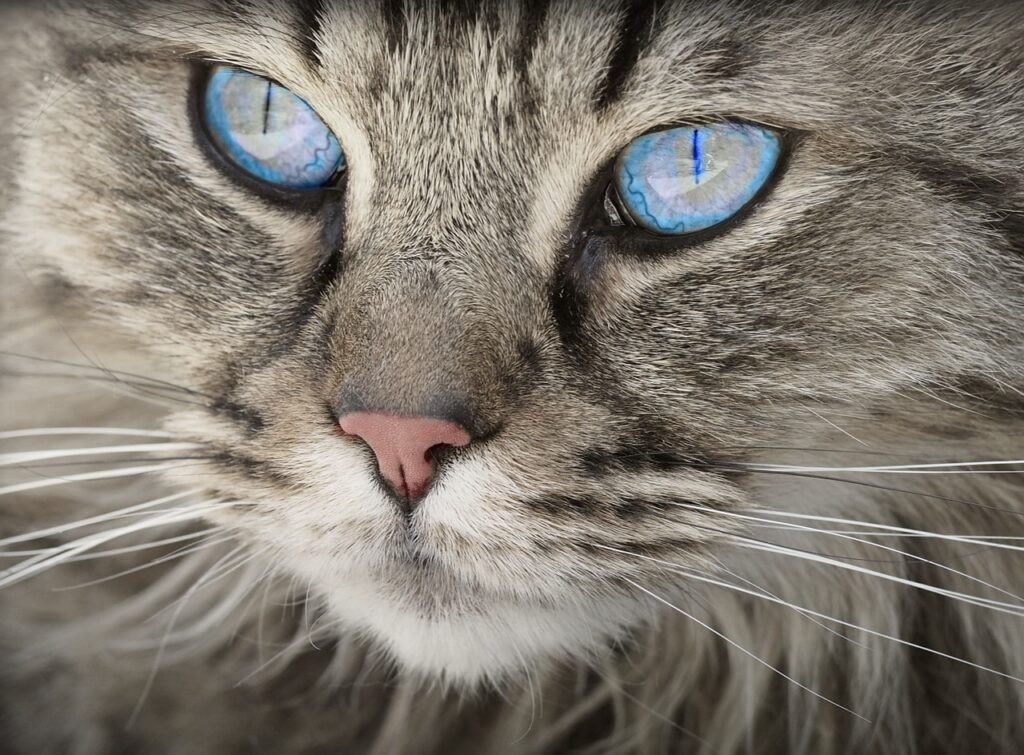 You won’t find a friendlier, more down-to-earth, and caring veterinary staff than here at Animal Care Center in Smyrna. Our philosophy of care is based on respect for the patient and unwavering dedication to achieving the best results for pets and pet owners. We want you and your pets to enjoy long, happy and healthy lives together.
You won’t find a friendlier, more down-to-earth, and caring veterinary staff than here at Animal Care Center in Smyrna. Our philosophy of care is based on respect for the patient and unwavering dedication to achieving the best results for pets and pet owners. We want you and your pets to enjoy long, happy and healthy lives together.
Otto H. Williams, DVM, welcomes your questions about dog and cat behavior, health, and overall well-being. We invite you to contact us today to inquire about our services and to learn about new patient special offers.
Resources
Ohio State University College of Veterinary Medicine Indoor Pet Initiative. “Separation Anxiety.”

